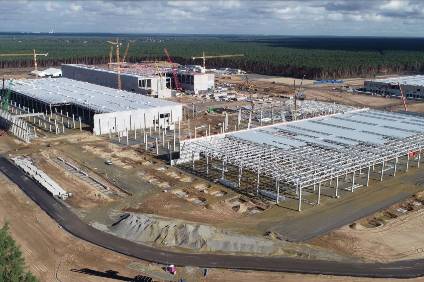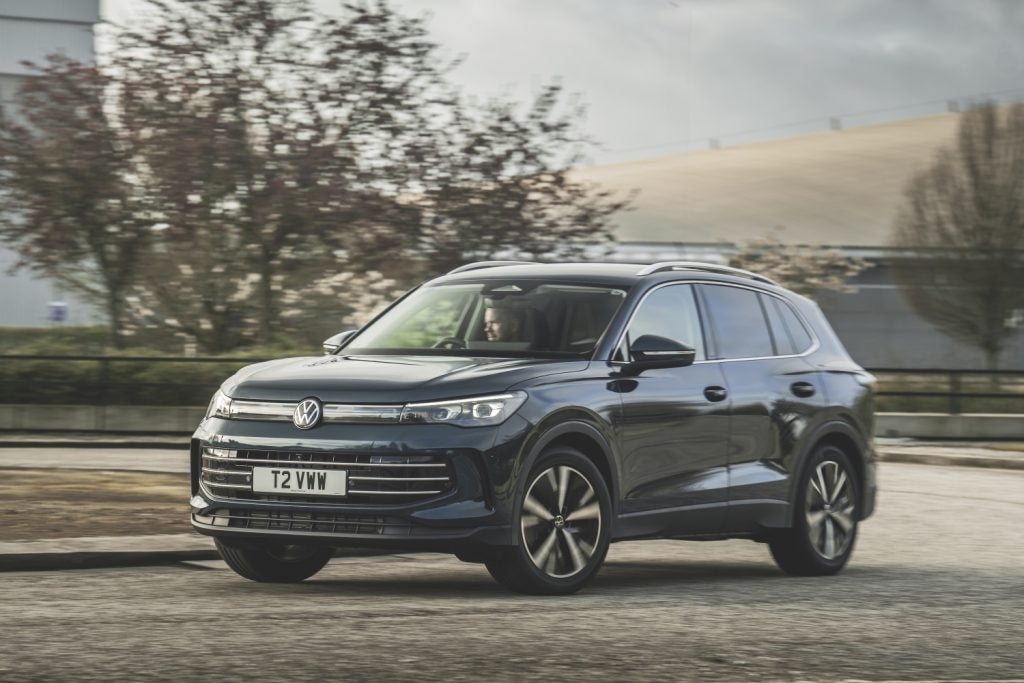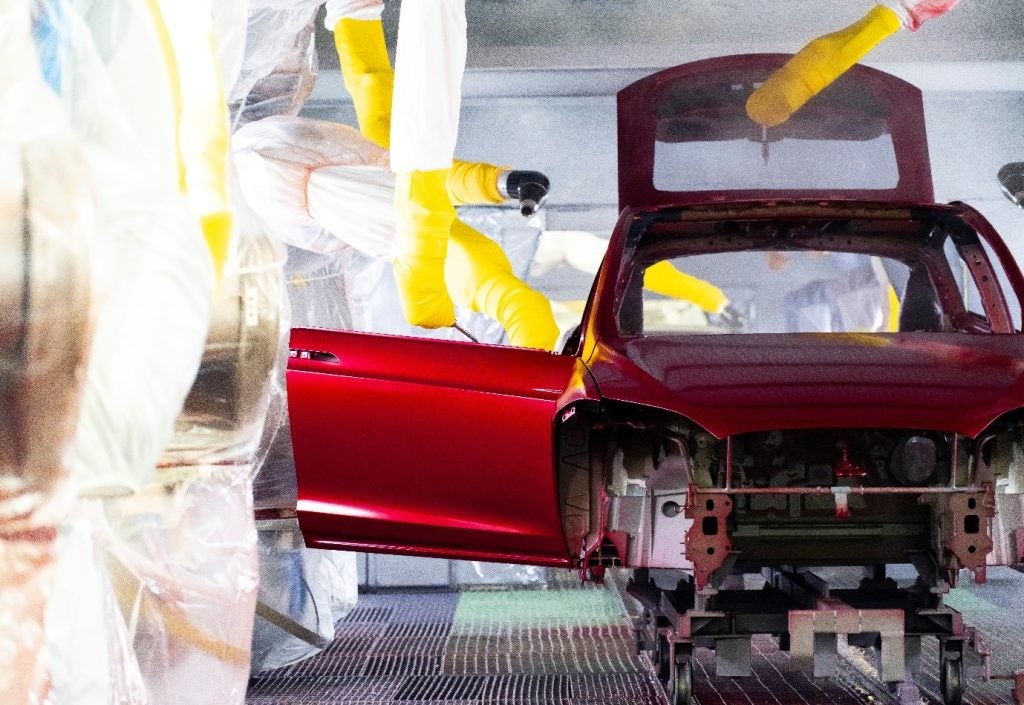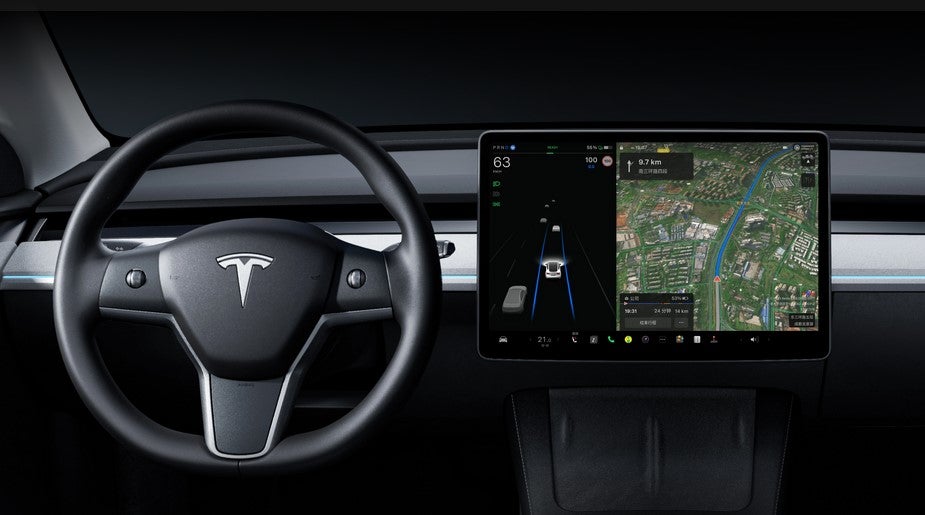
Tesla’s CEO Elon Musk stated at a conference in Germany recently that it would “make sense” to build a more compact car for European markets. This doubles down on earlier comments where he said Tesla would “not succeed in our mission if we don’t make cars affordable”.
Considering the company is part-way through constructing a new factory outside Berlin, speculation has risen that this will be the build site for a new, smaller Tesla model tailored to European tastes.
Initial production at the Berlin plant will be occupied by the Model Y crossover but, considering that model currently retails for more than EUR58,000 in Germany, Tesla needs a more affordable model to draw in more customers. This new model would attempt to replicate the success of Model 3s built in China where the company recently dropped the starting price to around CNY250,000, or a little less than EUR32,000 after government incentives.
New battery chemistries
One of the main reasons Tesla has been able to drop the price of Chinese-made Model 3s is thanks to switching the battery chemistry of more affordable versions to lithium-iron-phosphate (LFP) cells.
One of the main reasons Tesla has been able to drop the price of Chinese-made Model 3s is thanks to switching the battery chemistry of more affordable versions to lithium-iron-phosphate (LFP) cells. These units, supplied by local battery giant CATL, offer less energy storage potential than the previous nickel-cobalt-manganese (NMC) chemistry but are cheaper to produce thanks to cutting out the requirement for cobalt – a costly metal that also has ethical risks due to the use of child labour in certain mines in the Democratic Republic of the Congo.
The initial plan for Tesla’s Berlin plant included a battery pack production line but, earlier in 2020, Tesla resubmitted plans with the battery site omitted. Then, in September, the company once again confirmed that it expected to produce batteries at the German facility but that it would need to start a new approval process with no timeline given yet.
How well do you really know your competitors?
Access the most comprehensive Company Profiles on the market, powered by GlobalData. Save hours of research. Gain competitive edge.

Thank you!
Your download email will arrive shortly
Not ready to buy yet? Download a free sample
We are confident about the unique quality of our Company Profiles. However, we want you to make the most beneficial decision for your business, so we offer a free sample that you can download by submitting the below form
By GlobalDataConsidering a new, smaller model for Europe would require less battery capacity than a larger vehicle, Tesla could opt to produce LFP cells in Berlin. As mentioned, these cells have less energy storage potential than Tesla’s current NMC versions but cost less to produce – this would allow Tesla to drop the starting price of its European-made model, making it more competitive with new EV challengers such as the Volkswagen ID.3, Peugeot e-208 or Hyundai Kona Electric.
In the US, Tesla is developing a new battery production method under the umbrella of its ‘Roadrunner project’. This is intended to see Tesla develop every stage of the battery production process, including designing machinery, to reduce costs and increase production rate. The ultimate goal of the Roadrunner project is to produce a so-called ‘million-mile’ battery – a pack that will last the service life of the vehicle with no significant capacity fade even up to one million miles of driving.
Tesla has yet to confirm which kind of battery cell it will be manufacturing in Berlin and, considering the first models are expected to roll off the line in summer 2021, it is likely that initial production runs will use imported cells from third-party producers. The cells it’s aiming to produce via its Roadrunner project will likely use a more expensive chemistry than the LFP cells its uses in China but, if they were deployed in German-made vehicles, Tesla could still achieve a lower purchase price if it can realise cost savings from increased process efficiency.
Chassis die casting
Another innovation that will take centre stage in the Berlin factory will be Tesla’s new high-pressure aluminium alloy die casting process. Using newly developed presses built by Italy’s Idra – the largest of their kind in the world – and an aluminium alloy specifically optimised for casting, Tesla is able to produce ‘megacastings’ of the entire front or rear half of its chassis.
This process speeds up production significantly because many welding stages can be eliminated using just one large casting. In addition, hard mounting points for seats, seatbelts and internal structures can be built into the casting design, cutting out further welding and adhesion processes.
It has already trialled this process at its Fremont factory to manufacture the rear chassis for the Model Y and will introduce it in Germany for both front and rear chassis sections. Tesla’s Berlin factory plans include provisions for eight such machines to allow it to cast front and rear chassis sections along with large crash structures. Using megacastings will allow Tesla to simplify and speed up production, thus increasing economies of scale and enabling it to reduce purchase prices, helping it stay competitive with rivals that are now deploying their own EV strategies.
This article first appeared on GlobalData’s research platform, the Automotive Intelligence Center







